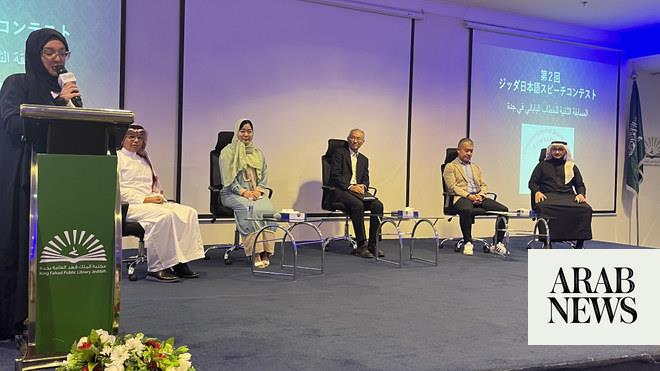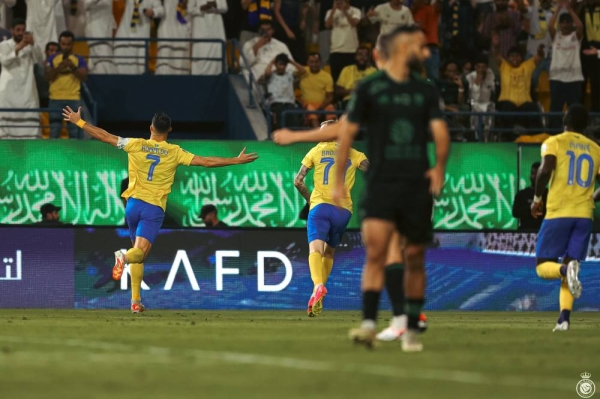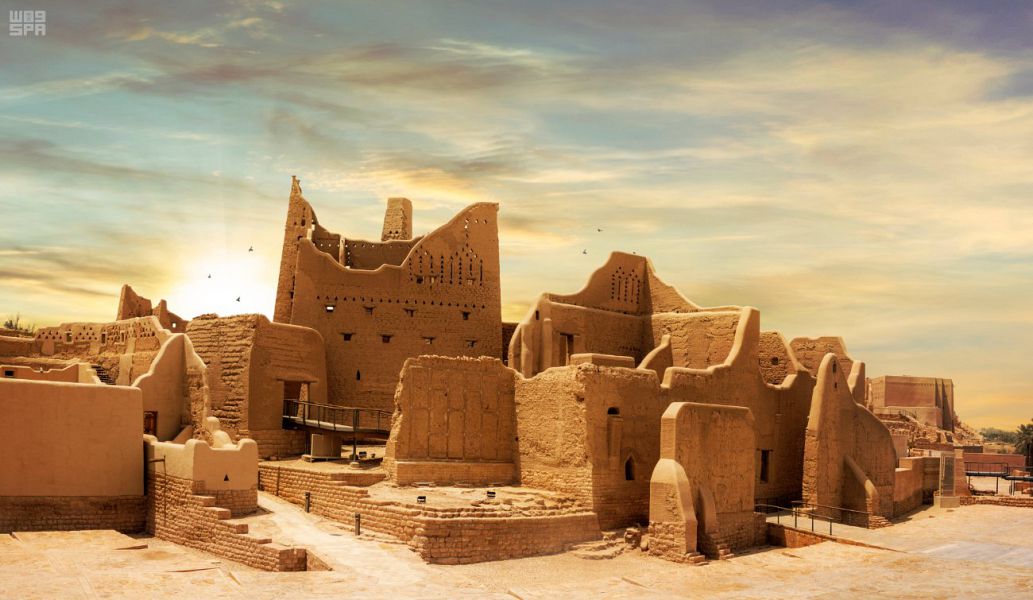
It could have been said at the beginning of the 20th century that the 8,000 kilometers separating Saudi Arabia and Japan had built cultural and civilizational barriers, but in fact the two peoples managed to overcome the geographical boundaries and the difficulties of communication at that time. Mutual cultural, political and economic journeys helped the two peoples to gain a deeper knowledge of each other, so that today we stand on solid ground based on a rich history of friendship, trust and strategic partnerships.
The Saudi relationship with our Japanese friends dates from that time, more than a century ago. We share many cultural values and our strong cooperation will further enhance cultural partnerships, through the Saudi-Japanese Vision 2030, which includes many official bodies from both countries. We are optimistic about the outcome of this partnership, led by Crown Prince Mohammed bin Salman and his counterparts in Japan.
Today, I would like to welcome Japan’s Prime Minister Shinzo Abe and his delegation to Saudi Arabia — and specifically to AlUla, the oasis of wonders and historical treasures — on a visit that will advance partnerships between the two countries in many areas, including culture and the arts.
We believe deeply in cultural cooperation with Japan, for Saudis are closely linked to Japanese culture; a connection reflected through the visual arts such as animation, along with literature, sports, the culinary arts and the many Japanese products that so entrance the Saudis. Moreover, more than 7 percent of the Kingdom’s population has visited Japan, making the Saudis first among Arab nations in doing so.
We believe deeply in cultural cooperation with Japan, for Saudis are closely linked to Japanese culture.
Prince Badr bin Abdullah bin Farhan Al-Saud
The great openness that the Kingdom is witnessing at all levels, including tourism, will provide greater opportunities for people to get to know the Kingdom’s culture more closely and accurately, rather than through stereotypes that are rarely based on facts.
The visit of the Japanese delegation comes at the beginning of the Year of Arabic Calligraphy, an artform that bears a cultural similarity to its Japanese equivalent in terms of their accuracy and their aesthetics. Both Arabic and Japanese calligraphy go beyond being just a communication tool, to embrace all the intrinsic features of the visual arts. Calligraphers from both countries view their work from a similarly artistic point of view, seemingly focused in the same creative direction. Here I quote a Japanese artist who is adept at employing Arabic calligraphy in his work; he says it “constitutes a stand-alone painting, that one cannot but meditate on its composition, dazzled by the mechanism by which it was painted. Same with the Japanese letters, as they are based on painting, art and creativity in writing them.”
I take this opportunity to welcome the participation of Japanese talents in the Year of Arabic Calligraphy, which we will endeavor to promote in the visual arts. The story of our culture, and of Arabic calligraphy, transcends all traditional boundaries; it is a story of civilization, heritage, culture, life and the human condition itself.
And so I welcome our Japanese friends to our vast and open cultural spaces, as we work hand in hand to serve our cultures and our common goals.
Prince Badr bin Abdullah bin Farhan Al-Saud is the Saudi Minister of Culture
The rebirth of AlUla
Hegra, ancient city of the Nabataeans in Saudi Arabia’s historic AlUla Valley, is emerging from the mists of time to take its rightful place as one of the wonders of the world
Disclaimer: Views expressed by writers in this section are their own and do not necessarily reflect Arab News" point-of-view












